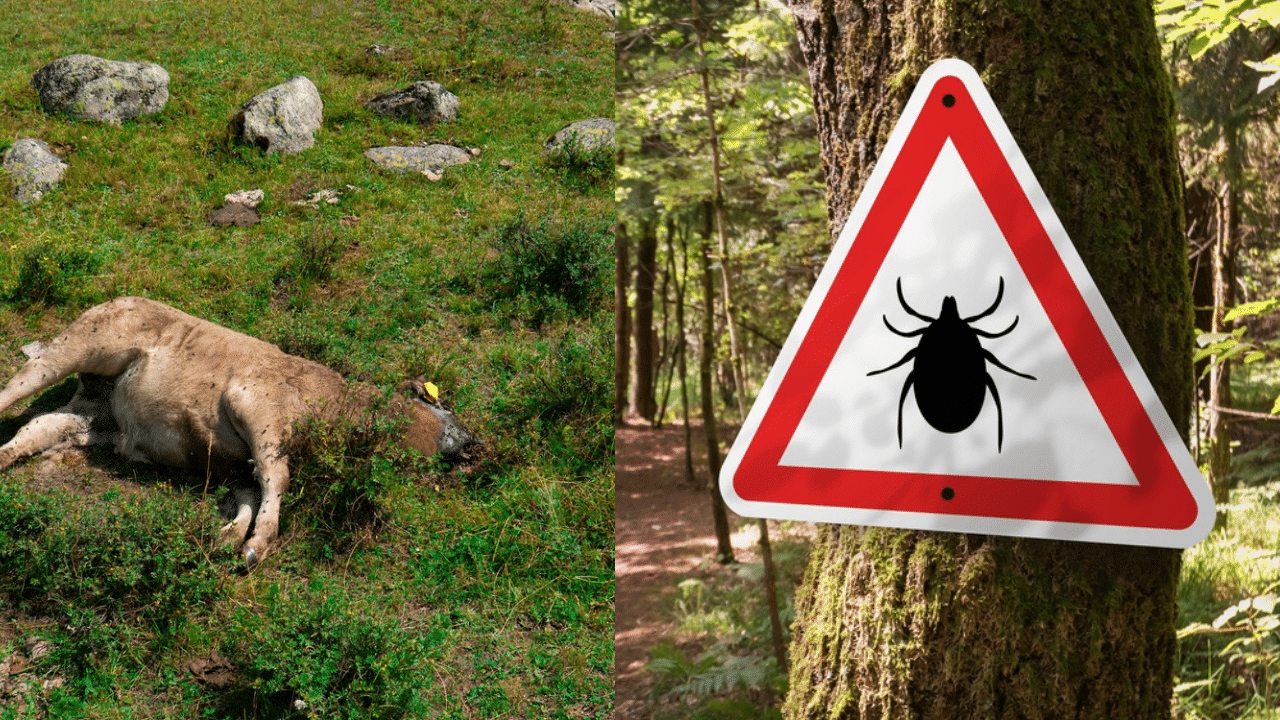An invasive species of tick is creeping across the eastern U.S., killing livestock in its wake as it travels west. These Asian long-horned ticks, found only in the U.S. for the first time in 2017, have now been discovered on pets, livestock, wildlife, and people across 19 U.S. states, according to a Centers for Disease Control and Prevention (CDC) warning.
The invasive ticks were even found to be responsible for the deaths of three cows in Ohio, having bitten them thousands of times to the point that the cows died of blood loss, a recent paper in the Journal of Medical Entomology revealed.
As of April 13, 2023, longhorned ticks have been found in Arkansas, Connecticut, Delaware, Georgia, Indiana, Kentucky, Maryland, Massachusetts, Missouri, New Jersey, New York, North Carolina, Ohio, Pennsylvania, Rhode Island, South Carolina, Tennessee, Virginia, and West Virginia.
“Asian longhorned tick was discovered in New Jersey in the fall of 2017 on a sheep farm in NJ which put researchers on alert and had us rechecking our collections as they look very similar to our native rabbit ticks. I had actually collected one in NY earlier in 2017 which was misidentified.
One was discovered in a West Virginia collection dating back to 2010,” Joellen Lampman, an integrated pest management extension support specialist at Cornell University, told Newsweek. “By the end of 2018 they were known to be in 10 states, including North Carolina. They are now known to be in 19 states.”
These ticks are native to East Asia, including China, Japan, eastern Russia and Korea. Scientists aren’t yet sure how the tick entered the U.S., but estimate that it likely arrived in or before 2010, according to the USDA.
Thousands of these ticks may be found living in grasslands or on animals, with researchers still trying to figure out if they prefer wooded or open areas.
“Through genetic testing, it is believed that these ticks were introduced to the United States at least five times, on people, pets, or livestock, and likely from countries where they are also invasive, Australia and New Zealand,” Lampman said.










